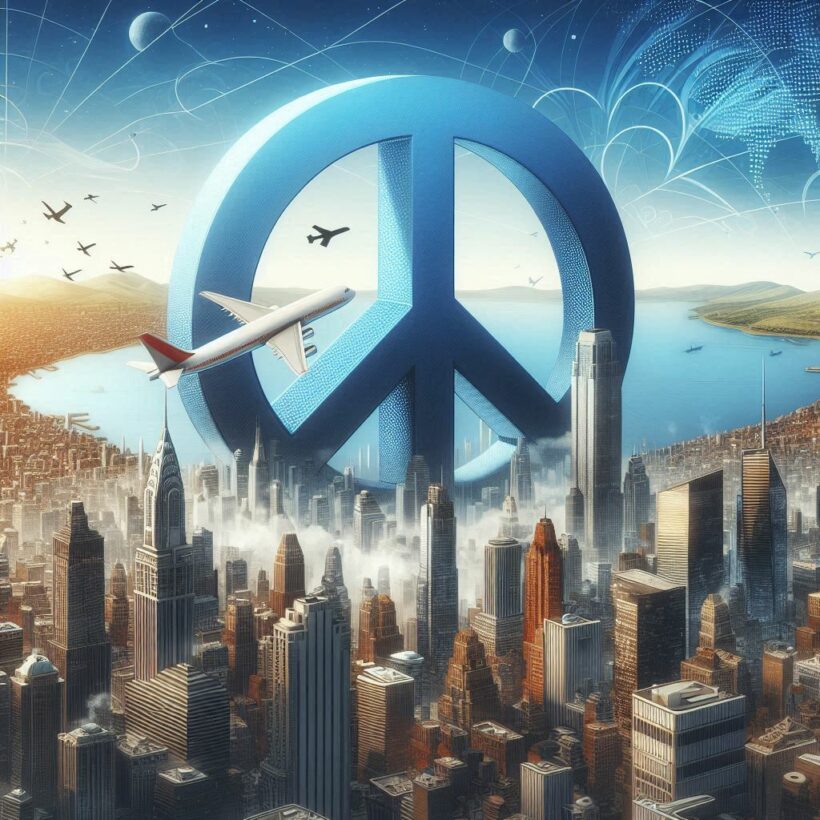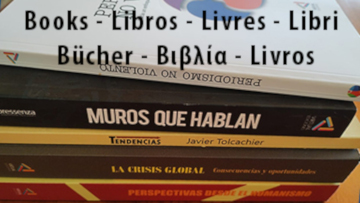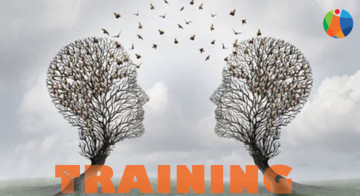The White-West notion of peace is largely associated with the absence of war. Even the origins of the peace symbol stem from the denuclearization movement. But what do we mean when we talk about peace?
If someone were to ask you, “Are you at peace with yourself today?” or “Are you at peace with your neighbors, your family, at work, or in your community?”—how would you respond? Do you know any truly peaceful individuals? Have you encountered any organizations that embody peace beyond simply opposing war? And how much time do you actually spend cultivating peace in your daily life?
Our societies have well-defined concepts for religion, economics, politics, and art, with entire institutions dedicated to their study and preservation. Yet, we lack a substantial, widely understood framework for peace. Even the Nobel Peace Prize was established by Alfred Nobel, an industrialist and arms manufacturer, highlighting contradictions embedded in our narratives of peace.
Much of what we know about peace is framed in relation to war, almost as if peace is merely its opposite. Worse, it is often treated as an expression of guilt, a form of compensation for past mistakes, or a strategic tool for appeasement while exploitation continues. Why, for example, are the largest peace movements concentrated in the West—the very nations that have historically waged wars and continue to profit from the global arms trade?
Could you imagine a politician being elected on a platform centered on peace—not as national security, but as social well-being and collective harmony? Unlike money, peace cannot be hoarded for oneself at he expense of others. Peace is an integrated circuit—flowing from the personal to the social and vice versa. And yet, how many people remain in relationships devoid of love, endure jobs they despise, or live in communities rife with unspoken tensions? Where is the peace in that?
For much of our lives, we exist under the tyranny of fear—at work, within political and economic systems that dictate our futures, and in international relations shaped by coercion and dominance. How can eight billion people share a planet without a deeper, collective understanding of peace? How do we build lives that actively expand peace, develop tools to nurture it, and create the knowledge needed to sustain it?
In many Asian traditions, peace is more than just the absence of war—it is a way of life, rooted in inner harmony, social balance, and respect for nature. Different cultures have developed unique perspectives on peace, shaping both personal and societal values:
- Buddhism: Peace (Shanti) begins within. The Buddha’s teachings emphasize ahimsa (non-violence) and the Eightfold Path, guiding individuals toward inner tranquility as a foundation for a harmonious society.
- Confucianism: Peace (hé, 和) is achieved through ethical relationships, respect, and social harmony. Confucius taught that a just society depends on ren (humaneness) and li (ritual propriety).
- Taoism: Peace is living in harmony with nature (Dao). The concept of wu wei (effortless action) suggests that forcing control leads to disharmony, whereas balance and simplicity create lasting peace.
- Hinduism: Peace (Shanti) exists on multiple levels—personal, social, and cosmic. Ethical living (Dharma) and non-violence (ahimsa) cultivate peace, while spiritual practices seek harmony with the universe.
- Japanese Culture: The concept of wa (harmony) is central to relationships and society. The art of Kintsugi—repairing broken pottery with gold—symbolizes that true peace comes from healing and embracing imperfections.
- Islamic and Sufi Traditions: Peace (Salaam) is submission to divine will, fostering inner peace and justice. The Sufi ideal of sulh-i-kul (universal peace) promotes love and unity beyond divisions.
- Indigenous and Folk Traditions: Many Asian indigenous cultures emphasize communal peace. The Filipino concept of Kapwa (shared identity) and Bangladesh’s idea of social harmony highlight coexistence and collective well-being.
Unlike Western perspectives that often frame peace as a political or legal agreement, many Asian traditions see peace as a continuous process—an integration of inner, social, and environmental harmony. Peace is not just a goal but a way of living.
We have all the elements needed to develop a meaningful concept of peace. The challenge now is not just to understand it, but to embed it in our institutions, communities, and daily lives.






